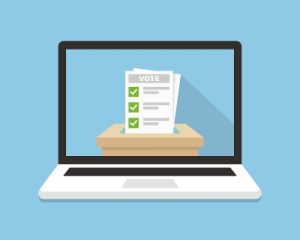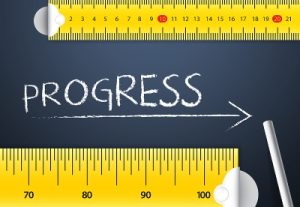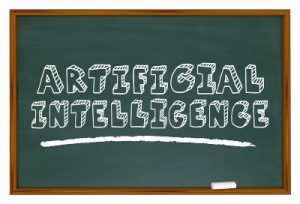
In the early days of the pandemic, remote work seemed like a short-term arrangement, but as days turned into months, working remotely, in some capacity, became a reality for over two-thirds of the federal workforce. Today, federal employees work in an office more frequently than they do anywhere else, with telework employees spending 61.2% of their work hours at traditional federal work sites, but this means there is still a considerable amount of government work being done outside office walls.
Adapting to this new reality means taking a close look at policies and procedures to ensure that work arrangements meet the needs of employees as well as the requirements of agency missions. Continue reading








